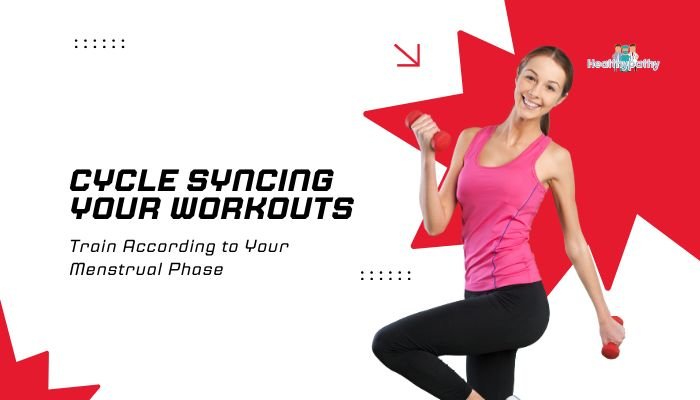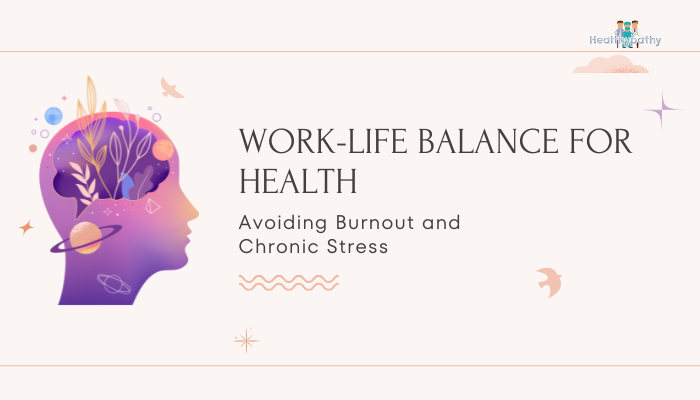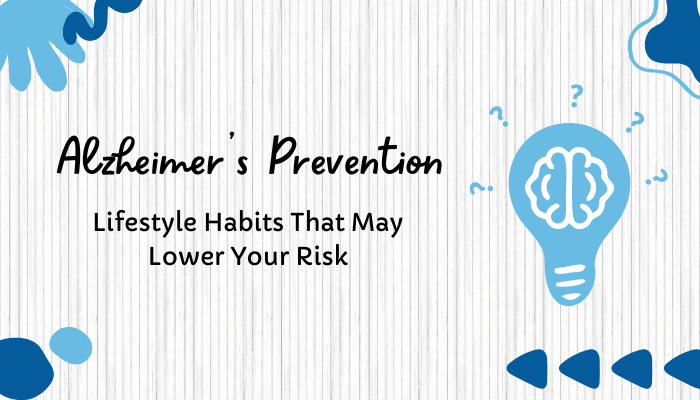Introduction
Ever notice how sometimes you’re full of energy during a workout, while other times you feel sluggish or unmotivated? Your menstrual cycle might have a hand in it. Cycle syncing—customizing your exercise regimen to the hormonal fluctuations in each menstrual phase—can help you maximize performance and improve recovery.
This approach embraces the shifts in estrogen and progesterone that influence mood, energy, and even muscle strength throughout the month. By fine-tuning your workouts to each phase, you may reduce burnout and get more out of every exercise session.
Understanding Your Menstrual Cycle
The Main Phases
- Menstrual Phase (Days ~1–5): The onset of your period. Estrogen and progesterone are low; you might experience cramps and reduced energy.
- Follicular Phase (Days ~1–13, overlapping with Menstrual days): Following menstruation, the body prepares to ovulate. Estrogen rises steadily, boosting mood and energy, especially after your period ends.
- Ovulatory Phase (Days ~14–16): Around mid-cycle, estrogen peaks, and LH (luteinizing hormone) surges to release the egg. Many women feel a spike in motivation and stamina.
- Luteal Phase (Days ~15–28): Progesterone and estrogen fluctuate in the second half of the cycle. If pregnancy doesn’t occur, hormone levels drop toward the end, potentially causing PMS symptoms and lower energy.
Why Hormones Matter for Exercise
- Estrogen: Can improve muscle recovery and enhance carbohydrate metabolism. Some women feel more energized, flexible, or cognitively sharp.
- Progesterone: May cause fluid retention and elevated body temperature, sometimes affecting endurance or coordination.
By syncing workouts to these rhythms, you allow your body to tap into its natural hormone-driven strengths and rest when needed.
Menstrual Phase (Days 1–5)
What’s Happening
- Hormone Profile: Both estrogen and progesterone at their lowest.
- Physical Effects: Cramps, fatigue, and possible low mood.
Recommended Workouts
- Gentle Exercise: Activities like walking, yoga, or light stretching can ease cramps and promote blood flow.
- Low-Intensity Cardio: If you have energy, short sessions of easy cycling or elliptical training might feel comforting.
- Rest and Recovery: Don’t push too hard if cramps are intense—use this time to listen to your body’s cues.
Tips for Success
- Include Heat Therapy: Warm packs or baths can reduce period discomfort, allowing a more comfortable workout.
- Short Sessions if Tired: 15–20 minutes of low-intensity activity is typically enough to manage stress and improve mood.
Follicular Phase (Days ~6–13)
What’s Happening
- Hormone Profile: Rising estrogen fosters more energy, better mood, and mental clarity.
- Physical Effects: Many women experience improved stamina, motivation, and readiness to train.
Recommended Workouts
- Strength Training: Weightlifting or bodyweight exercises can be particularly effective during this time. Estrogen assists muscle recovery, and you might lift heavier or do more sets.
- High-Intensity Cardio: HIIT (High-Intensity Interval Training) or running intervals leverage boosted energy.
- Skill-Based Sports: Good phase for trying new workout challenges, as mental focus and coordination often peak.
Tips for Success
- Explore New Routines: The follicular phase is a great window to add variety or break plateaus.
- Stay Hydrated: Even with higher energy, ensure you meet fluid needs, especially during intense workouts.
Ovulatory Phase (Days ~14–16)
What’s Happening
- Hormone Profile: Estrogen is at its peak. LH surge triggers ovulation.
- Physical Effects: Many women feel strong, sociable, and may have increased pain tolerance. Others might notice mid-cycle discomfort or bloating.
Recommended Workouts
- Intense Exercise: This can be the best time for max-effort circuit training, sprints, or heavier lifting because you might handle a higher workload.
- Group Fitness or Team Sports: Social desire might be elevated, making group classes fun and motivating.
Tips for Success
- Keep Watch for Discomfort: If you experience ovulation pain (Mittelschmerz), consider moderate-intensity workouts that don’t exacerbate pelvic or abdominal tension.
- Build on Gains: Leverage this peak energy for progressive overload in strength or endurance routines.
Luteal Phase (Days ~17–28)
What’s Happening
- Hormone Profile: Elevated progesterone; estrogen drops post-ovulation but may briefly rise mid-luteal phase before dipping again.
- Physical Effects: Potential water retention, mild fatigue, mood swings, or PMS, especially in the late luteal days.
Recommended Workouts
- Moderate, Consistent Activity: Pilates, moderate lifting sessions, or lower-intensity cardio.
- Mind-Body Exercises: Yoga and stretching can reduce stress, ease potential bloating, and help with PMS.
- Steady-State Cardio: A comfortable jog or elliptical session helps maintain endurance without straining your energy reserves.
Tips for Success
- Shorter, More Frequent Workouts: If you notice fatigue or mood changes, 20–30-minute sessions might be more motivating than longer workouts.
- Nutrient-Dense Foods: Focus on anti-inflammatory foods like leafy greens, whole grains, and fish to offset PMS-related inflammation or cravings.
General Advice for Cycle-Syncing Success
Track Your Cycle
Use apps or manual charting to note day one (first day of menstruation) and how your body feels each day. Over time, patterns emerge, making it easier to plan your training accordingly.
Accept Flexibility
Real life can disrupt perfect cycle syncing. Travel, stress, or illness can shift your cycle. Aim for approximate alignment, but adapt if hormones or external factors throw your schedule off.
Mind Nutrition and Sleep
Regardless of the phase, ensuring adequate sleep, balanced meals, and stress management improves workout outcomes and fosters hormone balance.
Explore Supplements Safely
Some women find magnesium or vitamin B6 helps with PMS symptoms, which can influence workout comfort. Always discuss new supplements with a healthcare provider for personalized advice.
Conclusion
Cycle syncing your workouts goes beyond standard training plans by acknowledging the physiological shifts each month. By adjusting intensity and focus—ranging from gentle movements during menstruation to higher-intensity routines around ovulation—women can optimize performance, recovery, and well-being. Whether you rely on an app to track hormonal fluctuations or simply note your cycle day, consistent observation and mindful planning let you harness the best each phase offers, making exercise more effective and enjoyable all month long.
References
- American College of Obstetricians and Gynecologists (ACOG). Understanding your menstrual cycle. 2021.
- Bruinvels G, Burden RJ, McGregor AJ, et al. Sport, exercise and the menstrual cycle: where is the research? Br J Sports Med. 2017;51:487–488.
- Sims ST. Menstrual cycle–based approach to exercise. Curr Sports Med Rep. 2018;17(6):206–208.
- Lunt H, Rumbold A, Ware RS, et al. The effect of the menstrual cycle on exercise performance. J Sports Sci. 2020;38(3):249–257.







